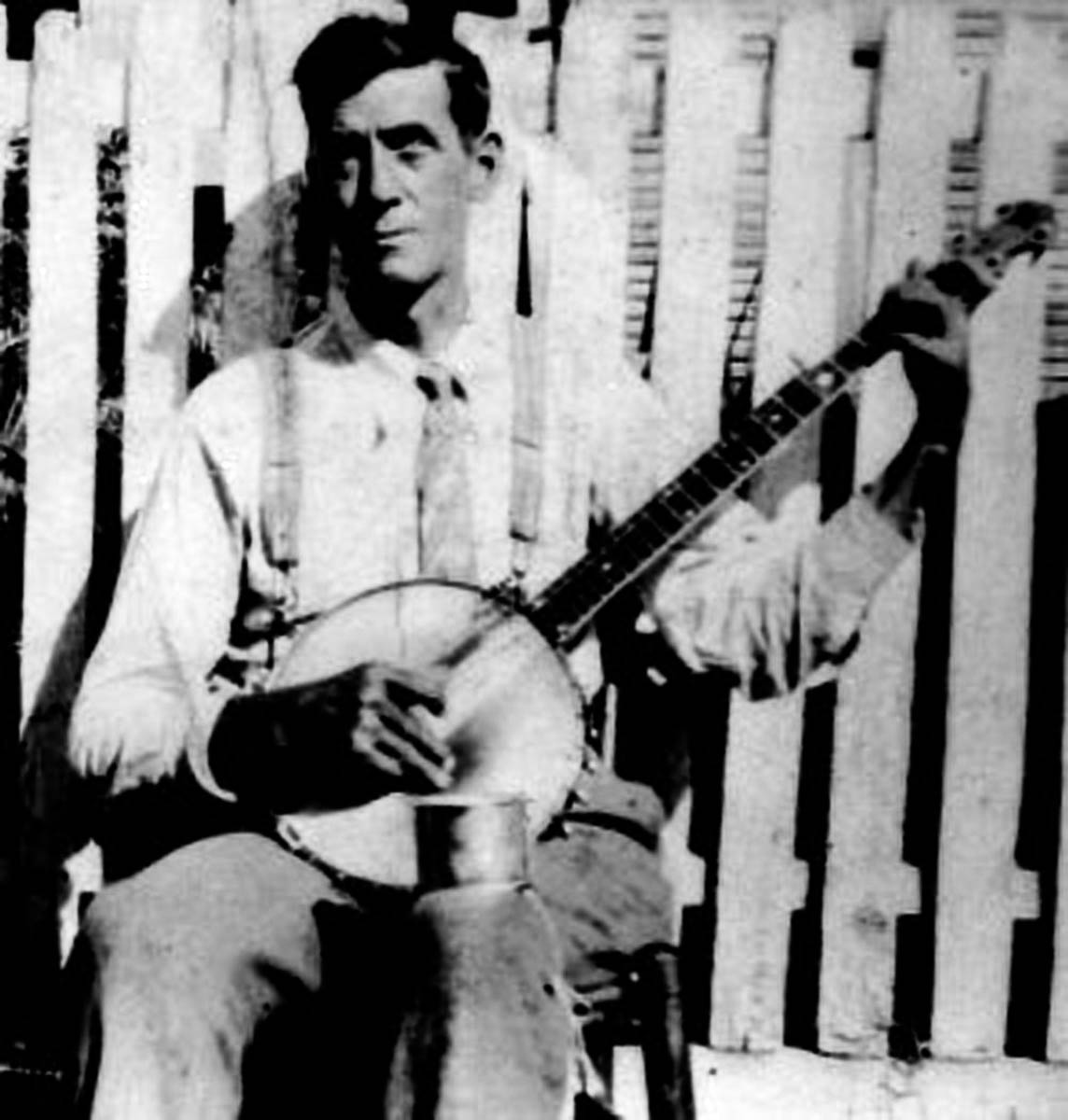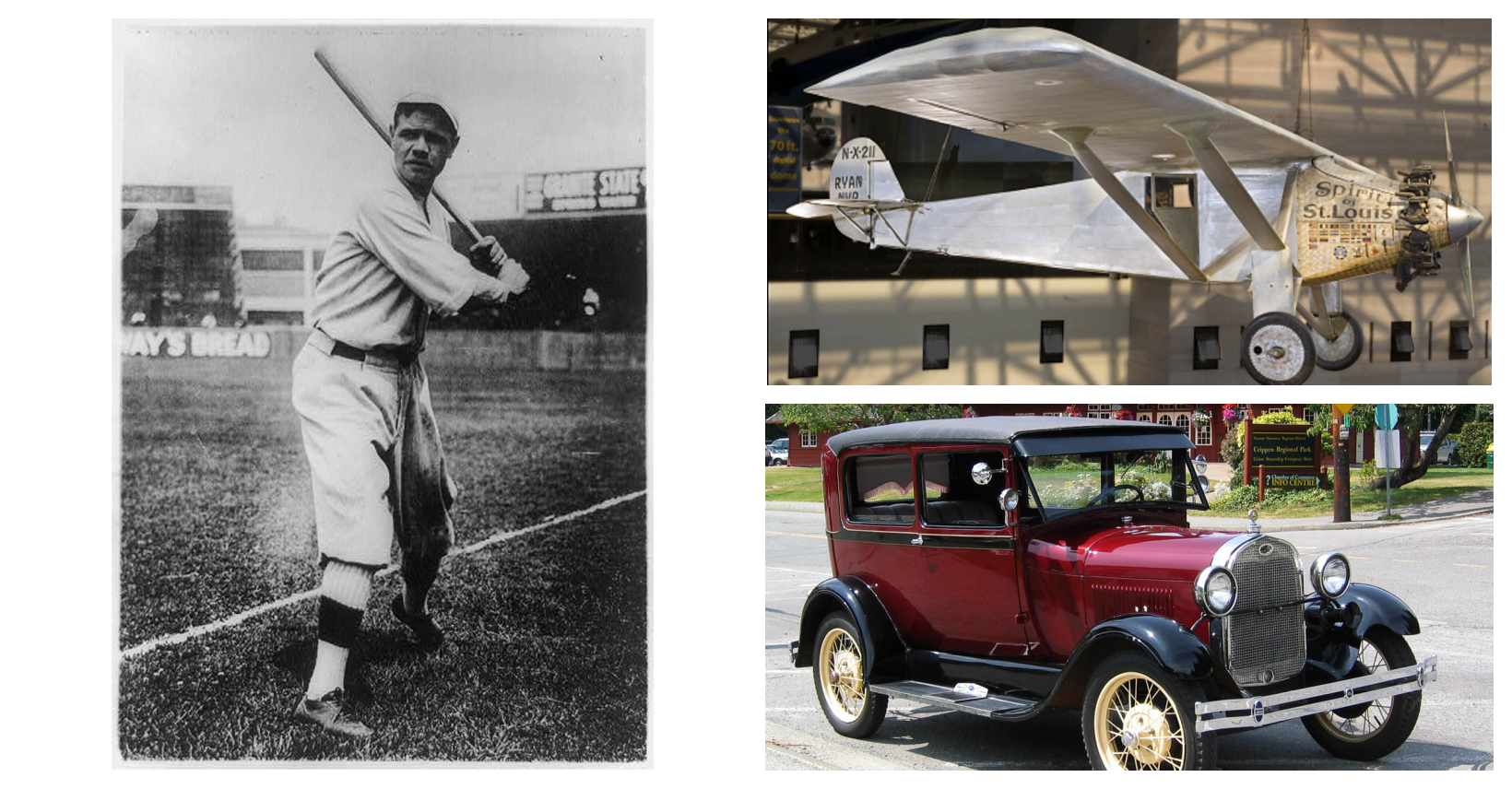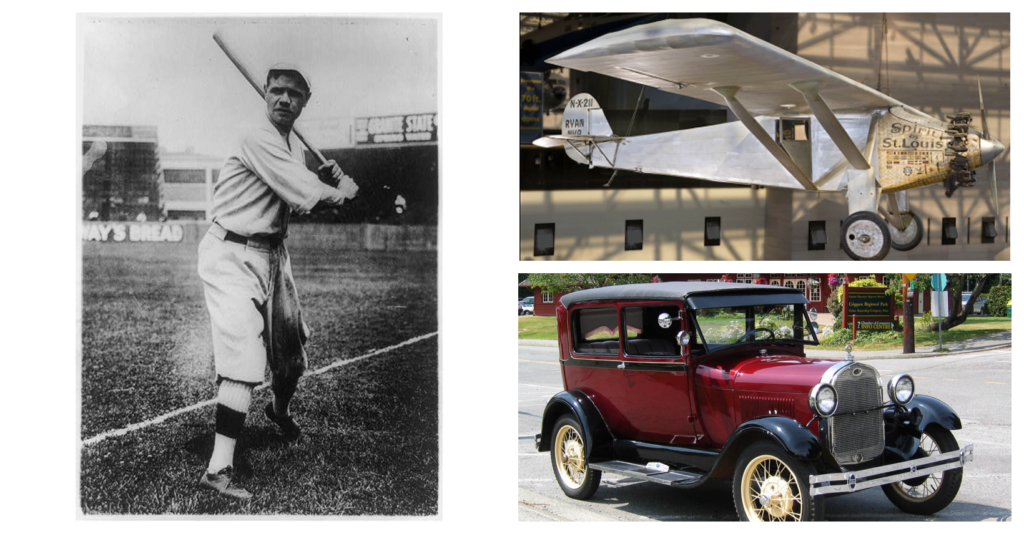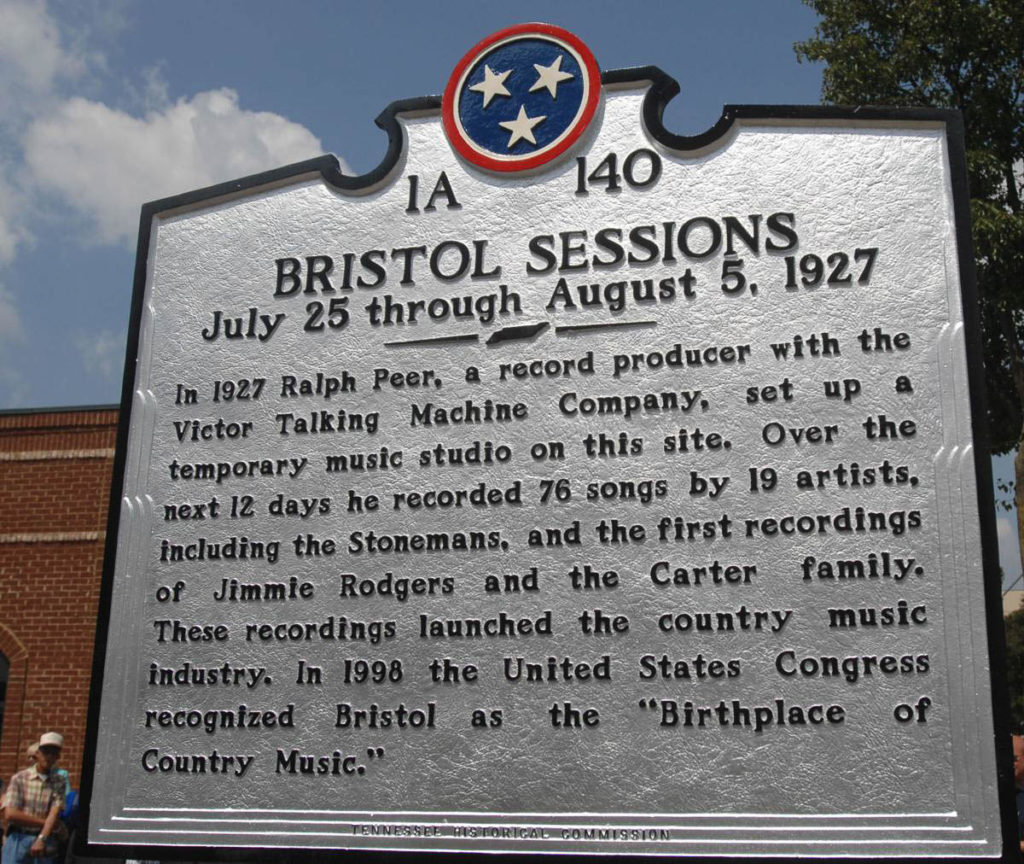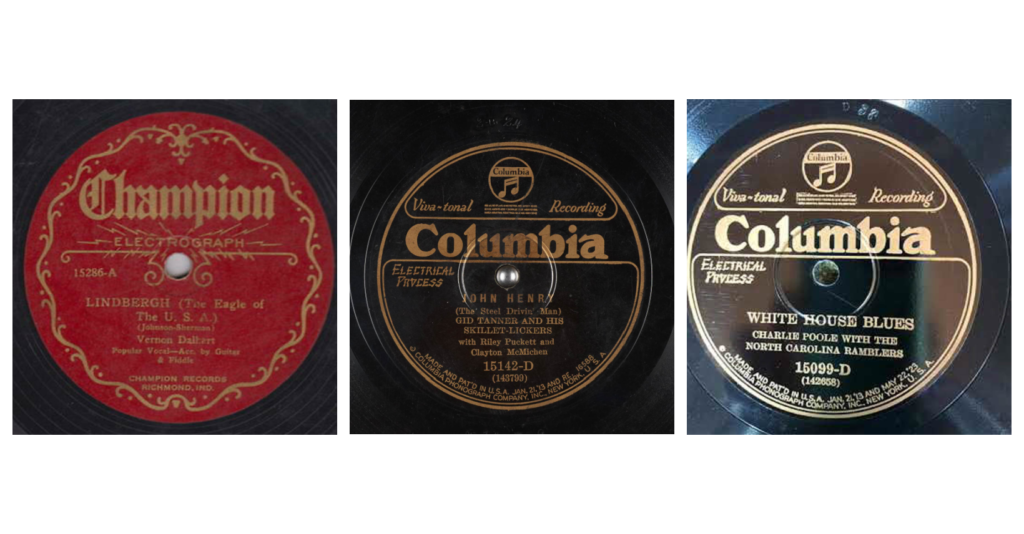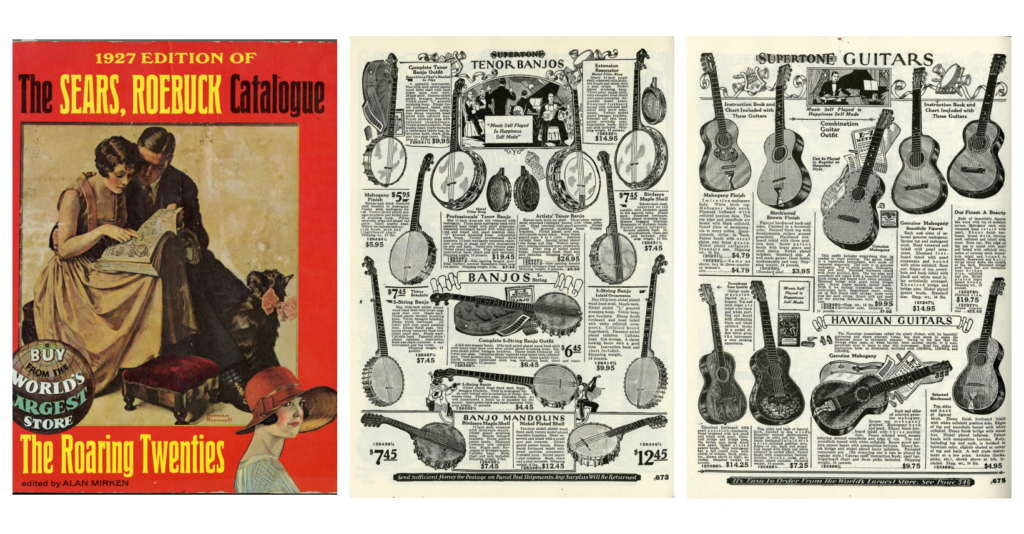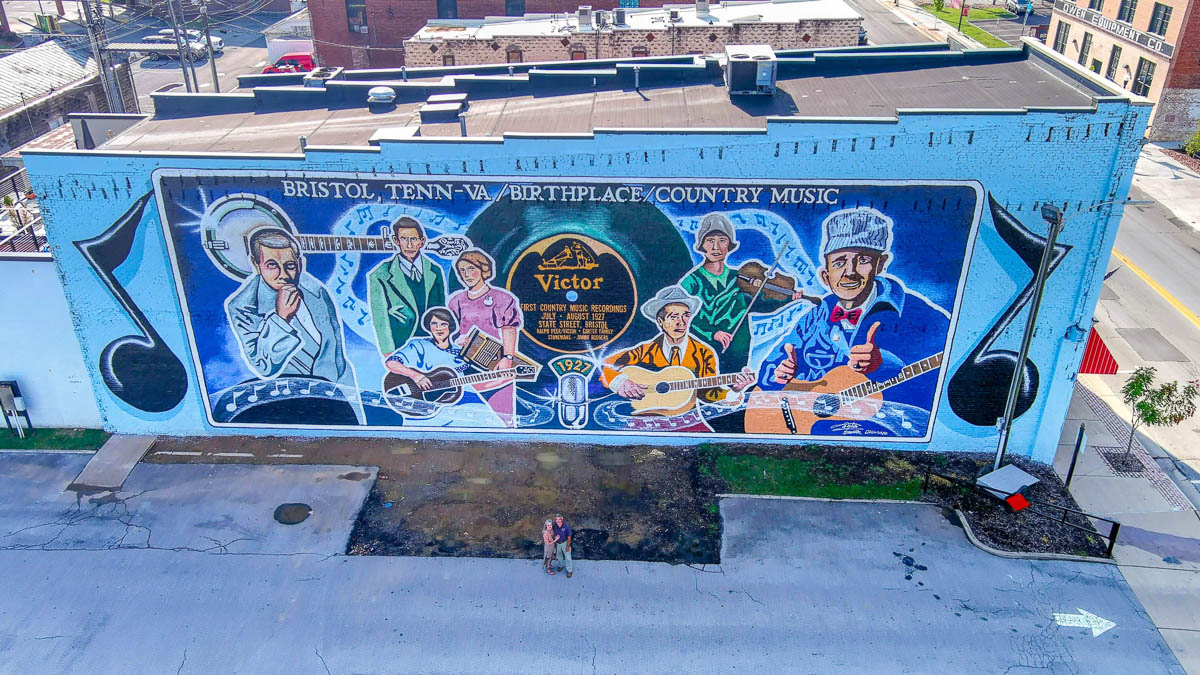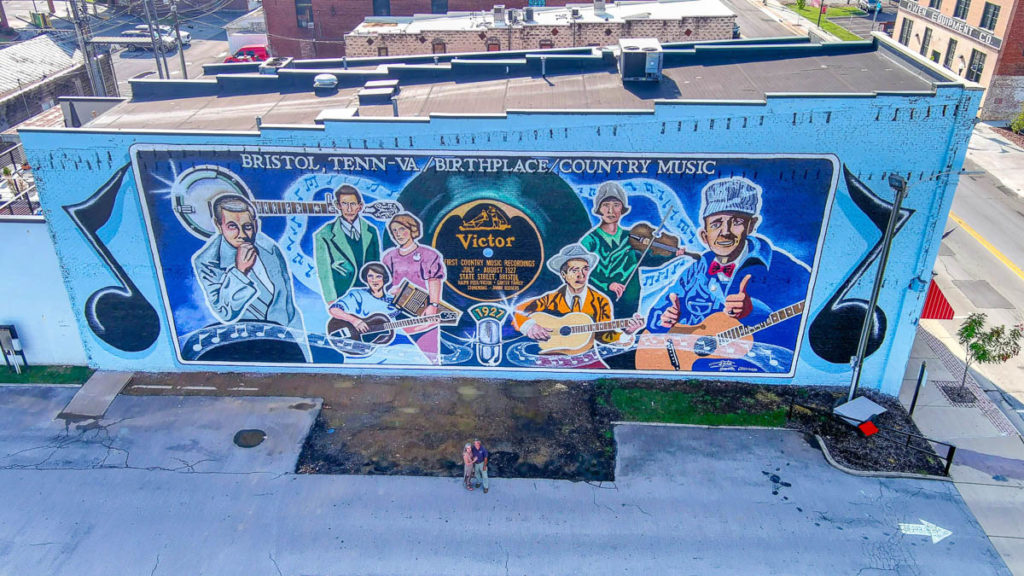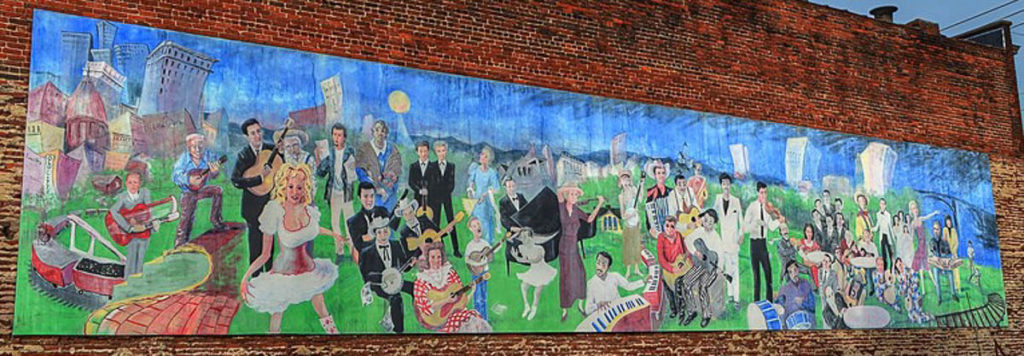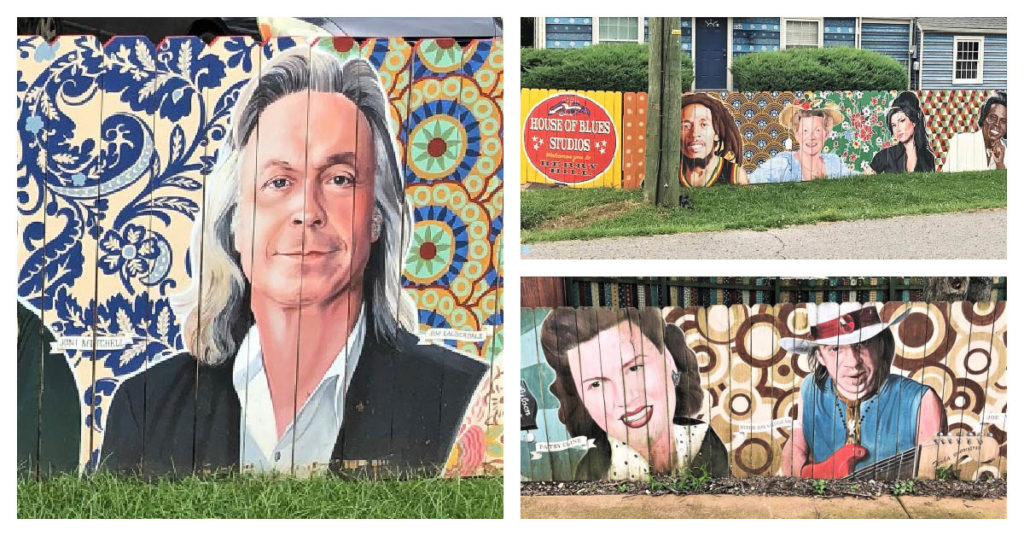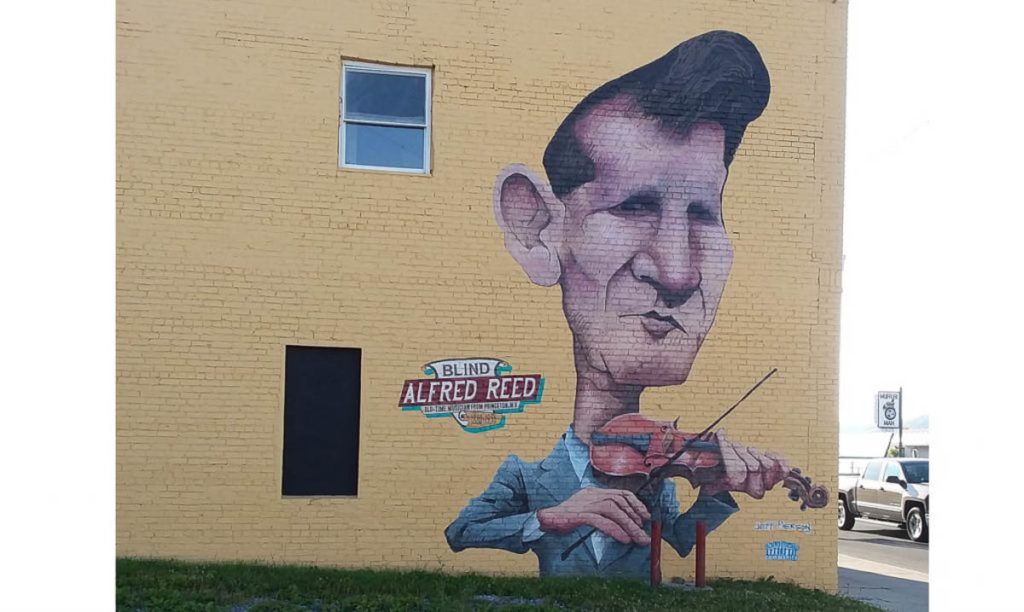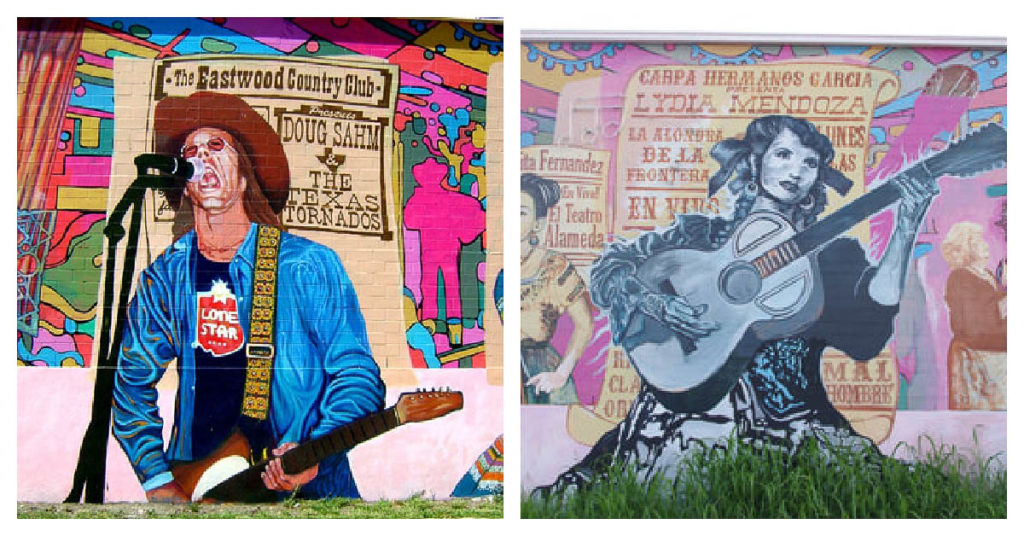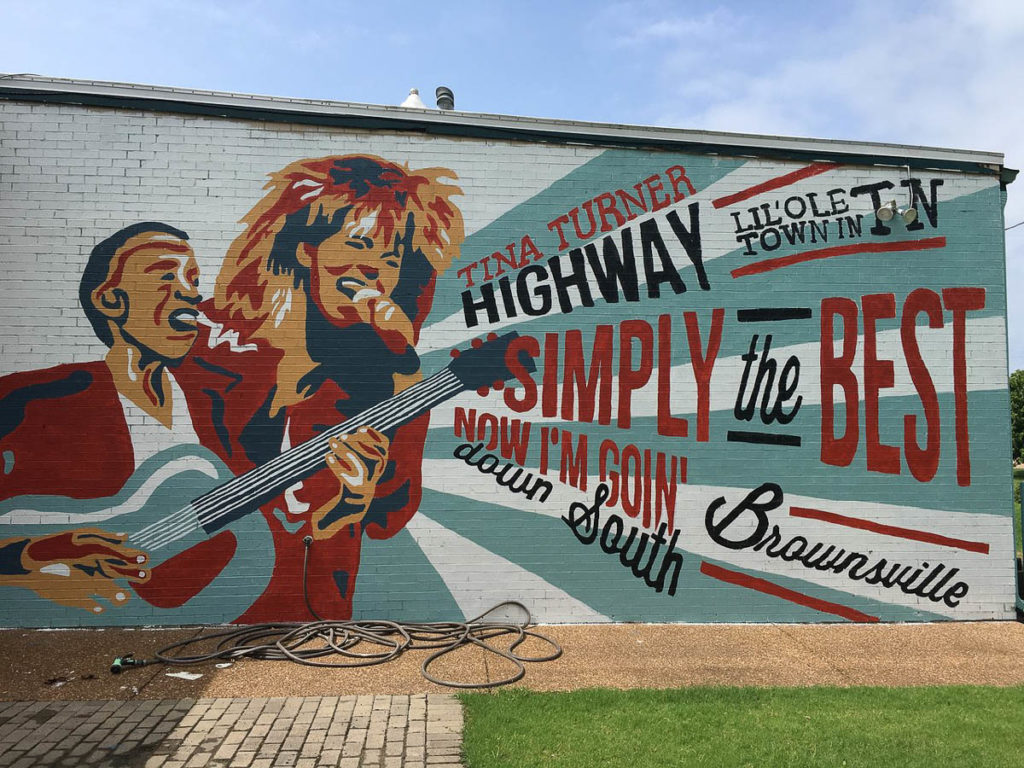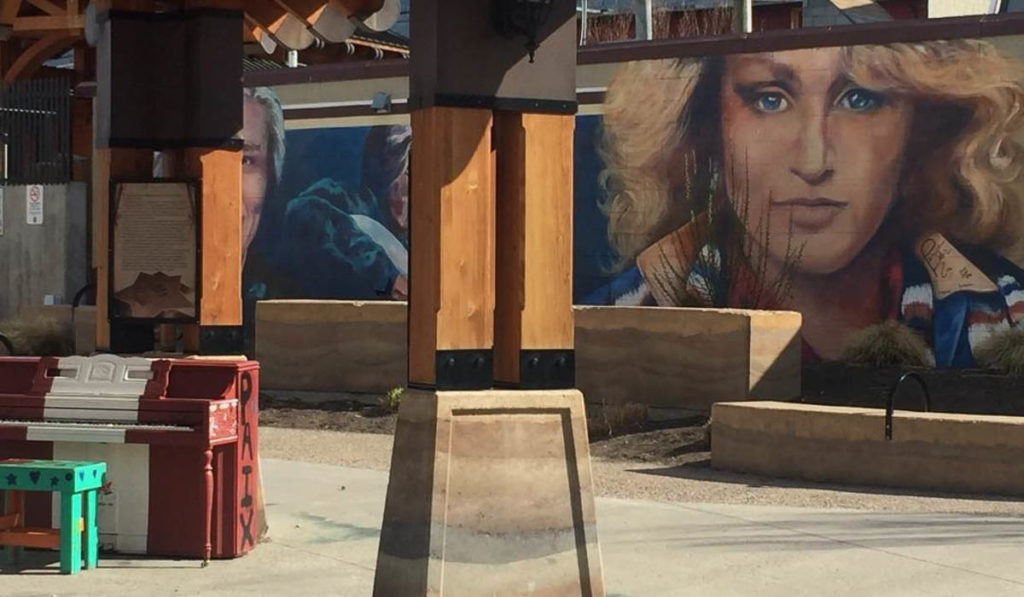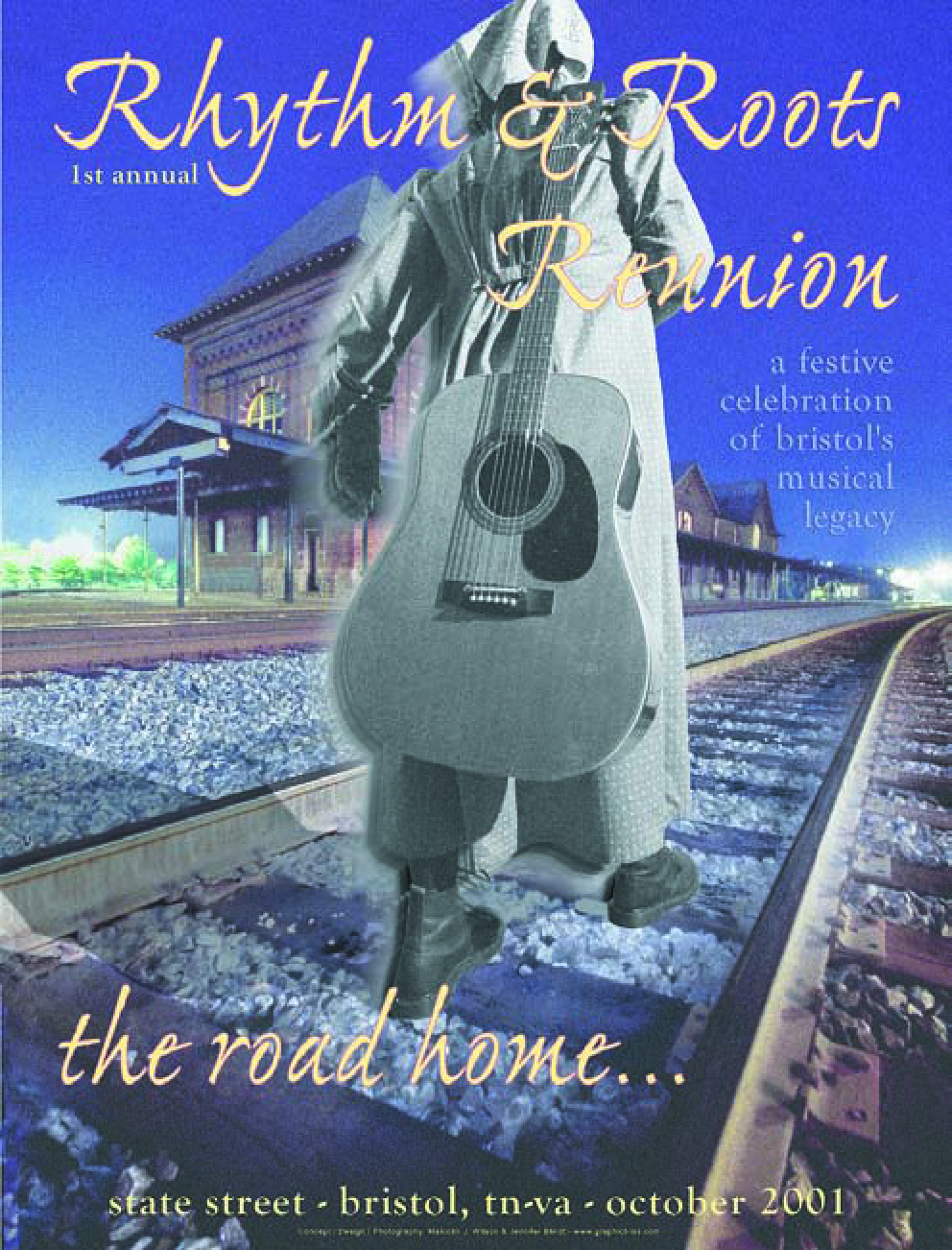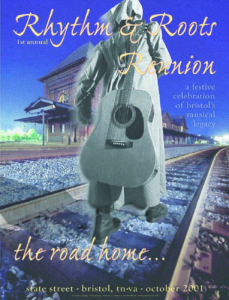Radio Bristol is excited to share “The Root of It,” a new series connecting today’s influential musicians to often lesser known and sometimes obscure musicians of the early commercial recording era. The sounds and musicians we hear today on platforms like Radio Bristol can often be traced back to the sounds of earlier generations. What better way to discover these connections than to talk to the musicians themselves about some of the artists that have been integral in shaping their music? These influences, though generally not household names, continue to inspire those who dig deep to listen through the scratches and noise of old 78s, field recordings, and more, finding nuances and surprises that inevitably lead them on their own unique musical journeys.
For this installment of “The Root of It,” we spoke with banjo and fiddle extraordinaire Joseph Decosimo. Joseph was raised in Tennessee’s Cumberland Plateau and has had a lifelong passion for the music of the region centered upon banjo and fiddle. Through his illustrious performing and recording career with projects like The Bucking Mules and The Rocky Creek Ramblers, and through his solo work, Joseph celebrates and reimagines the music of the Cumberland Plateau, Central Appalachia, and the broader American South. Currently based in Durham, North Carolina, Decosimo continues to engage with traditional music not only through performance but also through scholarship as a recent PhD in American Studies at the University of North Carolina. By exploring the history of a tune and theme that has permeated old-time traditions for generations, Joseph shared some of the artists that inspire him and his music.
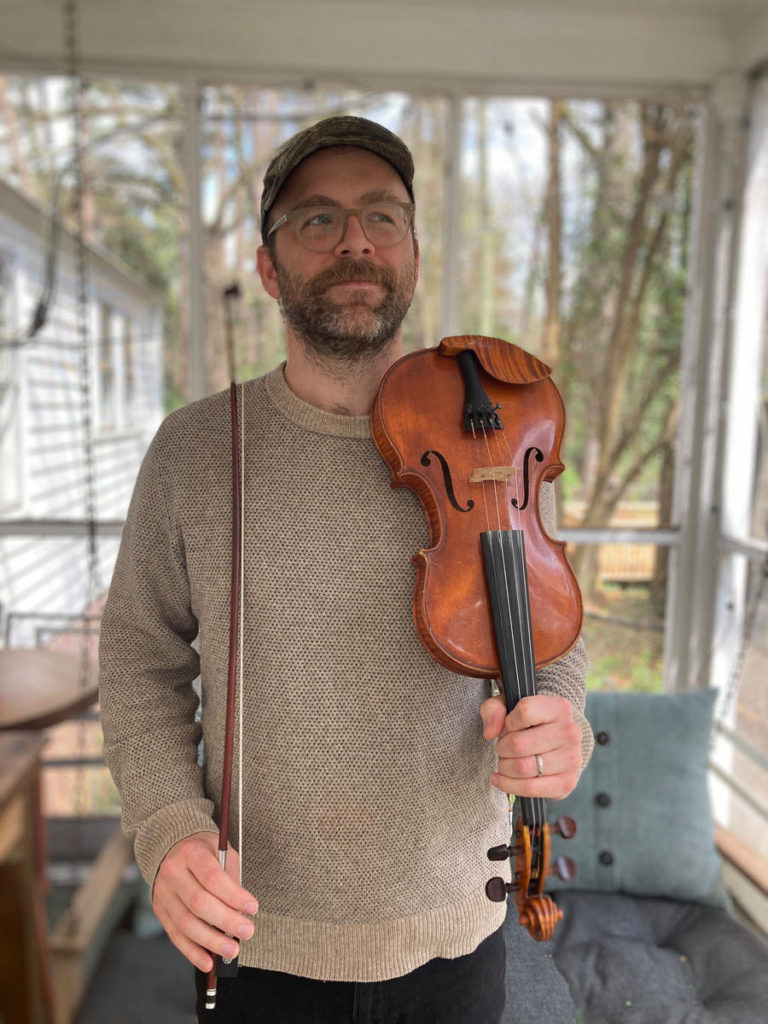
Joseph Decosimo:
Last spring, I found myself visiting a little city park down the hill from my house in Durham. There’s a stand of persimmon trees there, surrounded by a tangle of blackberry bushes that are slowly reclaiming a field. I don’t know that I’ve ever paid much attention to blackberry blossoms, but something about that early pandemic moment led me to attend to the smaller details – smells, sights, sounds – of the natural world. In this corner of the park, these five-petaled blackberry blossoms burst into clouds of linen whites and soft pinks against a backdrop of late spring greens. I hadn’t noticed them before. The blossoms were graceful and delicate. And they were gone almost as quickly as they came.
There’s a musical idea that circulates through Southern fiddle repertoires, taking on the name “Blackberry Blossom” after these delicate and understated flowers that precede the summertime berries with their clash of tartness and sweetness. (My friend Kerry Blech offers a handy primer on the fiddle tune’s recorded life.) The most widely circulating versions, inspired perhaps by Fiddlin’ Arthur Smith’s mid-1930s recording of the tune, takes a turn towards the tart – overlaying a puckeringly sour chord change over the first few beats of the tune’s second part. Over time, most players, perhaps following the lead of the Nashville studio musicians who accompanied fiddler Tommy Jackson, have decided to turn this chord into a minor chord – a rather grand gesture given the subtlety of the namesake blossom. Whatever the case, most folks have decided to resolve the tension of the tune. This variety of “Blackberry Blossom” has come to be the dominant one, spread far and wide by radio and recordings and frequently heard at bluegrass and old-time jams alike.
Fiddlin’ Arthur Smith’s rousing version of “Blackberry Blossom,” featuring the Delmore Brothers and recorded for Victor Talking Machine Company in 1935.
However, deep within this bramble of musical creativity, another strain of blackberry blossoms can be found. This rare strain is known for its ethereal beauty and tantalizing subtlety. These sprout along the West Virginia and Kentucky line. On an old field recording from the 1930s, Kentuckian Fiddlin’ Ed Morrison offers an origin for the piece, explaining: “This tune was learned from General Garfield by my father during the Civil War. He whistled it all the time on his march up Big Sandy River to Middle Creek.” You can hear Morrison’s version here. Morrison’s fiddling neighbor, the legendary blind fiddler Ed Haley, explored all the territory the tune could muster as he busked around Ashland, Kentucky. In the placement of their fingers on the violin’s fingerboard, both Morrison and Haley located the tune in an unquestionably tart tonal space. At a fiddle contest in Paintsville, Kentucky, Dick Burnett, another blind musician, heard a fiddler named Bob Johnson play the piece. Johnson, in turn, had heard Haley playing it somewhere along the Ohio River. After the contest, Burnett cornered Johnson and had him play the tune over and over until it fell under Burnett’s fingers.
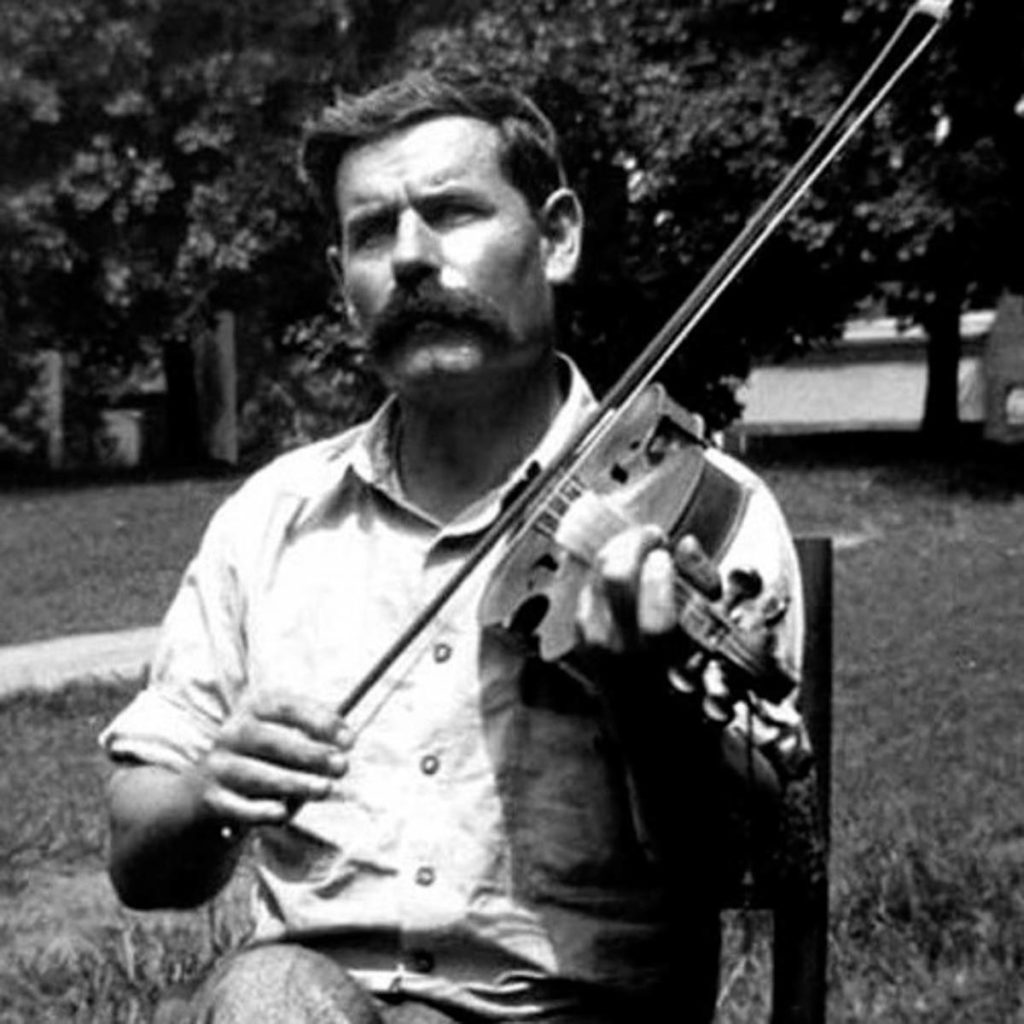
Pictured is Fiddlin’ Ed Morrison whose father Christian Morrison allegedly learned “Blackberry Blossom” from the whistling of Col. James Garfield (he did not become a general until later) in 1863 during the Civil War activity in Kentucky. Photo and sound clip (linked in paragraph above) courtesy of Kerry Blech via Florida State Fiddlers Association
Burnett stored the tune away in his mind and carried it back to Monticello, Kentucky. In the process, the tart angles and tones of Haley’s version softened into something more ambiguous and delicate – something more gently rolling like the hills around Monticello. By the time Burnett made it down to Atlanta to fiddle the piece for Columbia in April of 1930, his fingers had pushed the notes of the melody into a place of beautiful uncertainty. The twists and turns and more certain tartness of Haley’s setting gave way to something simultaneously sweet, tart, and delightfully ambiguous. Burnett’s rendition conveys a smoky quality that prevents things from being seen or heard with total clarity or certainty.
I realize that this post is supposed to be about a musician whom I’ve found influential, and I’ve burned through a lot of words describing a tune. But it’s hard for me to think about a lot of these older players and not think about a specific tune. And so let me turn my attention fully to Dick Burnett whose rendition of “Blackberry Blossoms” I find so compelling. I’m pretty sure that Dick Burnett isn’t my favorite old fiddler. There’s a good chance that his longtime playing partner Leonard Rutherford might be, but my preferences for these kinds of things change with the weather. I love trying to fiddle his version of “Blackberry Blossoms” – it’s slippery and subtle. I enjoy playing his slippery “Wild Good Chase” – a piece that I learned from mentor Clyde Davenport. As a young man, Davenport learned it from hearing Burnett play it at the courthouse in Monticello. These are fun tunes to play, however, I’m sharing some thoughts on Dick Burnett because he links a network of traditional musicians whose music has inspired and charmed me over the last two decades. I guess Burnett serves as the common thread running through a handful of my favorite artists from the Upper Cumberland region along the Tennessee/Kentucky line.
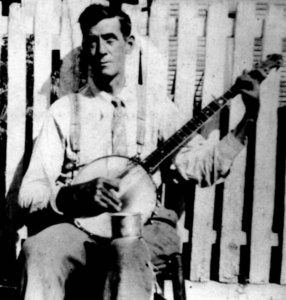
There’s Retta Spradlin – one of my favorite old singers and banjo players. She sang a powerfully beautiful version with her banjo of “Man of Constant Sorrow” that she learned from Burnett as he was traveling through her rural community. Burnett played an important role in popularizing the song, and his neighbors sang some fine versions that treated his version as a jumping off point. There’s the fiery fiddler John Sharp who spent time playing music with Burnett and his musical partner Rutherford. In Burnett and Rutherford’s repertoire and stylings, we hear traces of the local Black fiddle tradition as performed by their neighbor and aesthetic companion Cuje Bertram. Bertram’s slippery approach to the fiddle and subtle infusions of vibrato into tunes like “Billy in the Lowground” can also be heard in Burnett and Rutherford’s take on the tune. It’s this world of musicians that captivate me.
While I thoroughly enjoy Burnett’s playing, singing, and cutting up, I’m writing about him because I wanted to write about his “Blackberry Blossoms” and because he speaks to ways that music can flow through and create communities. I’m interested in the network of musicians of which he was a part. He links a world of repertoire, artistry, and sound that inspires my own music making. Over the last two years, the repertoire and aesthetics of Burnett’s world has inspired a forthcoming recording project.
Burnett’s music recalls a way of knowing these old pieces and making music that eludes recording technologies and industries. Part of the beauty of his “Blackberry Blossoms” is felt in the way that the tune shifted in his hands. This older stuff resists being fixed in the grooves of a record, on a bit of magnetic tape, or as a digitized abstraction. It eludes formal educational programs and fiddle camps. It’s a reminder of the fact that this is ultimately ear music. It’s music that we pull into ourselves and make something with, music that invites us to trace relationships and discover communities of taste. It’s about repertoire as shared experience and concepts open to exploration. It’s durable stuff.
*To learn more about Joseph Decosimo, visit www.josephdecosimo.com and be sure to check out his latest project “The Aluminum Wonder” featuring rare banjo tunes played in various banjo styles. And be on the lookout for a new solo project featuring collaborations with Alice Gerrard, Cleek Schrey, Joe and Matt O’Connell, and Stephanie Coleman.


